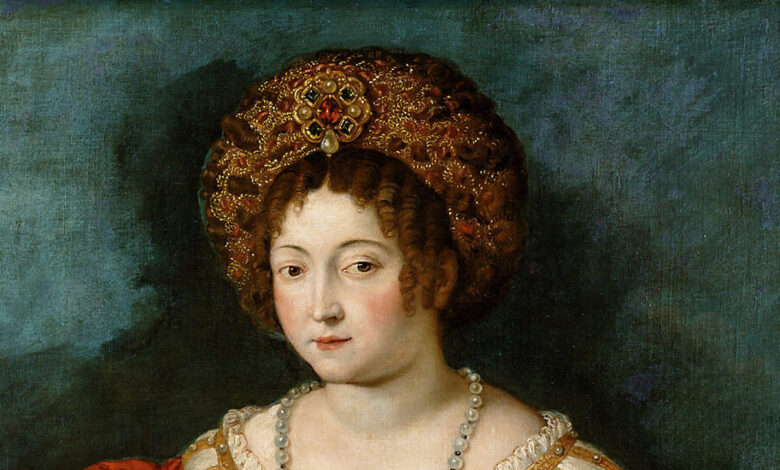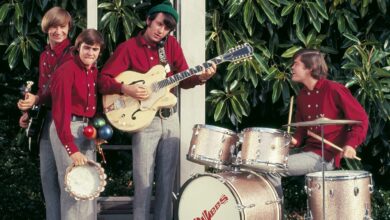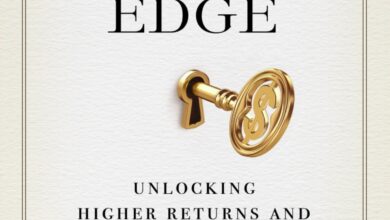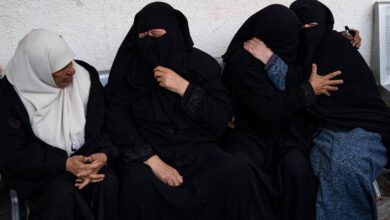Book Review: ‘How to Be a Renaissance Woman,’ by Jill Burke

The 16th century, Burke notes, is a time, like the one we are living through now, when technology and visual culture collided. Developments in single-point perspective, draftsmanship and anatomy all influenced portraiture. And body ideals were changing from the gothic paragon, with narrow shoulders and big hips, to soft hourglasses, preferably complete with pale skin and golden curls.
There are plenty of noblewomen in these pages — their stories are usually the best documented — but Burke makes an effort to talk about women of many kinds: domestic help, peasants, widows, courtesans and all manner of sex workers. (The names mentioned also function as a great source for anyone in your life looking for a memorable and uncommon baby moniker. Consider Tullia, Lucrezia, Moderata, Isotta!)
Whatever the subject, the expectations are familiar: Women were held to unreasonable standards. “Women’s bodies,” Burke writes, “are presented as forever-unfinished projects, to be constantly improved and worked upon.” She quotes a tract from 1598 that reads, “If one sees a poor woman who has six pennies to her name, four of them are on her face.”
A woman of that era had no choice but to think about her appearance. “Looking good,” as the author puts it, “was important for women in a world where the legal rights and earning power of men meant that influence was often gained through manipulation, where beauty could raise your special status.” This was one area of their lives where they had, if not freedom, at least some agency. Women in this book are economically reliant on men, constantly under threat of violence, accused of witchcraft and killed.
Burke speculates, too, that participating in rituals of bathing (which, in that era, was less about rinsing the body than rubbing it with cloths), cosmetics, skin care regimens — the whole of beauty culture — created a place for women to bond, and was a key part of their social lives. Crucially, it gave them a break from “the often violent and sneering menfolk.”





